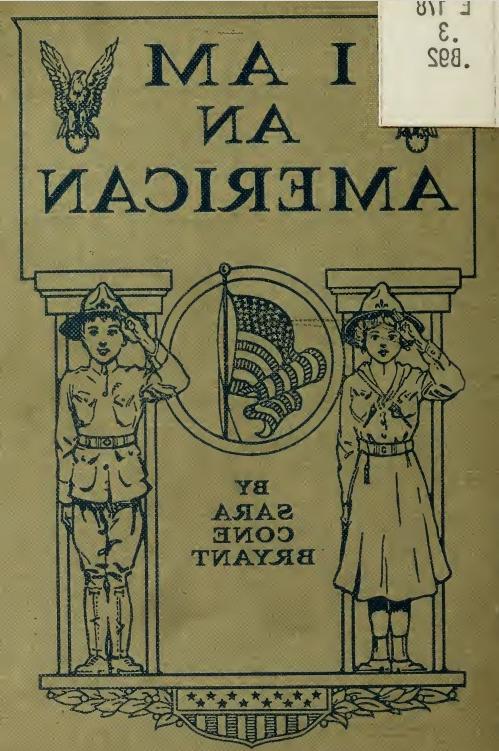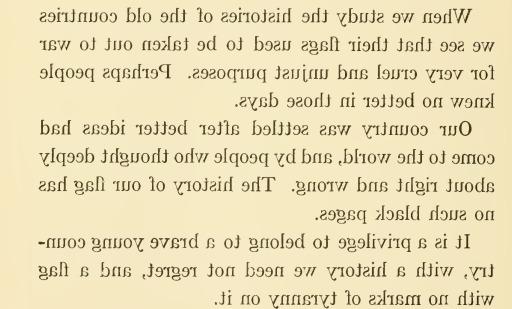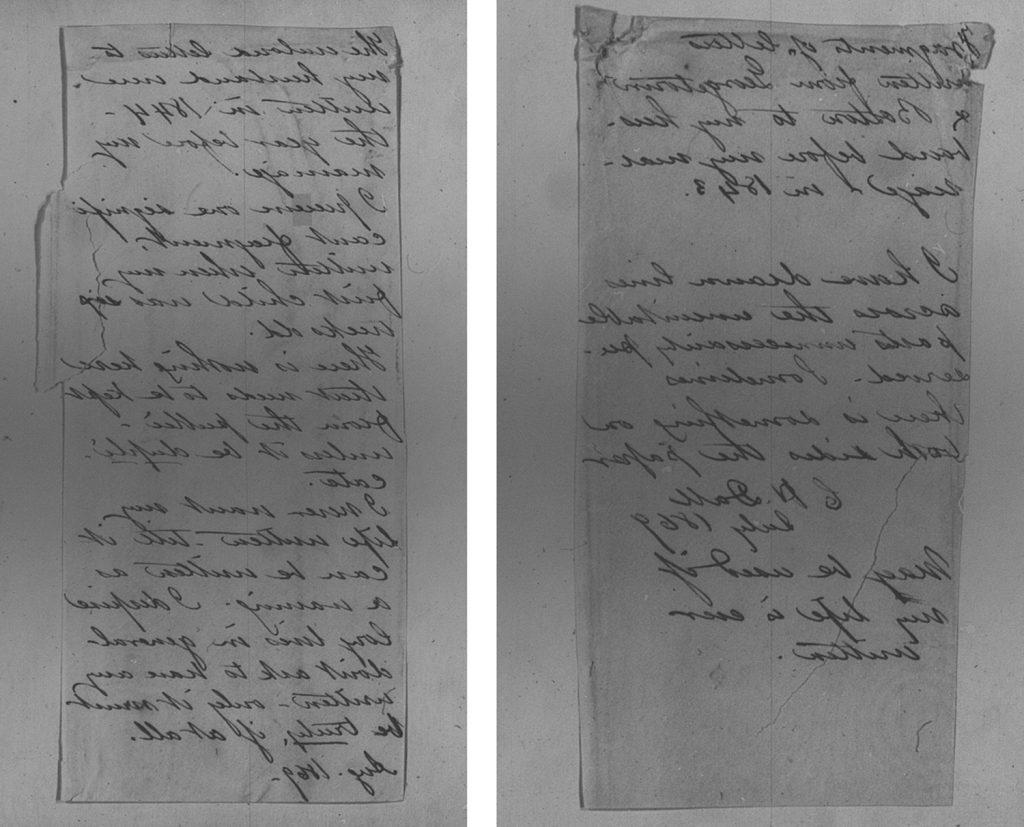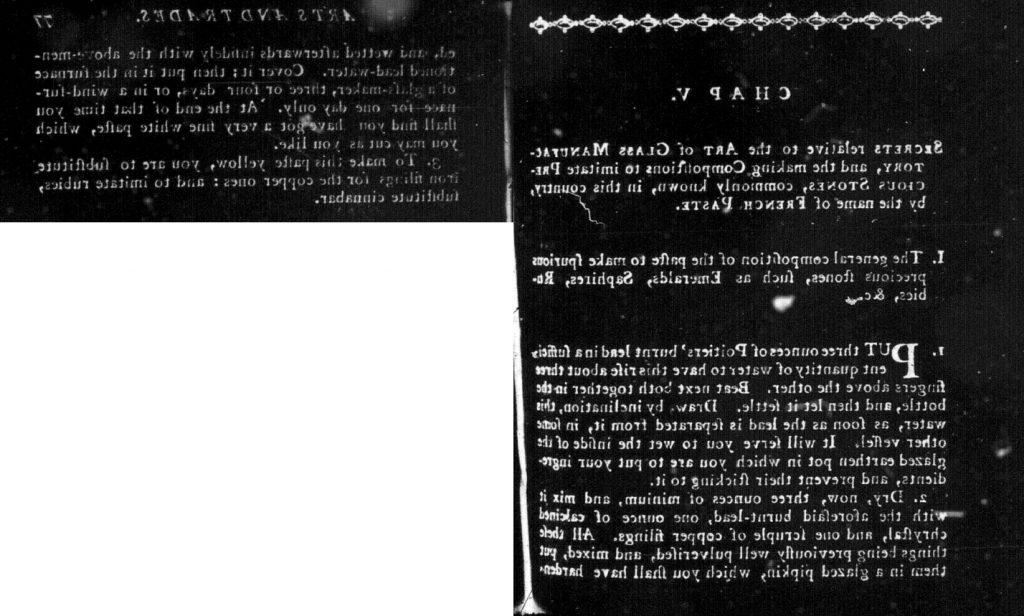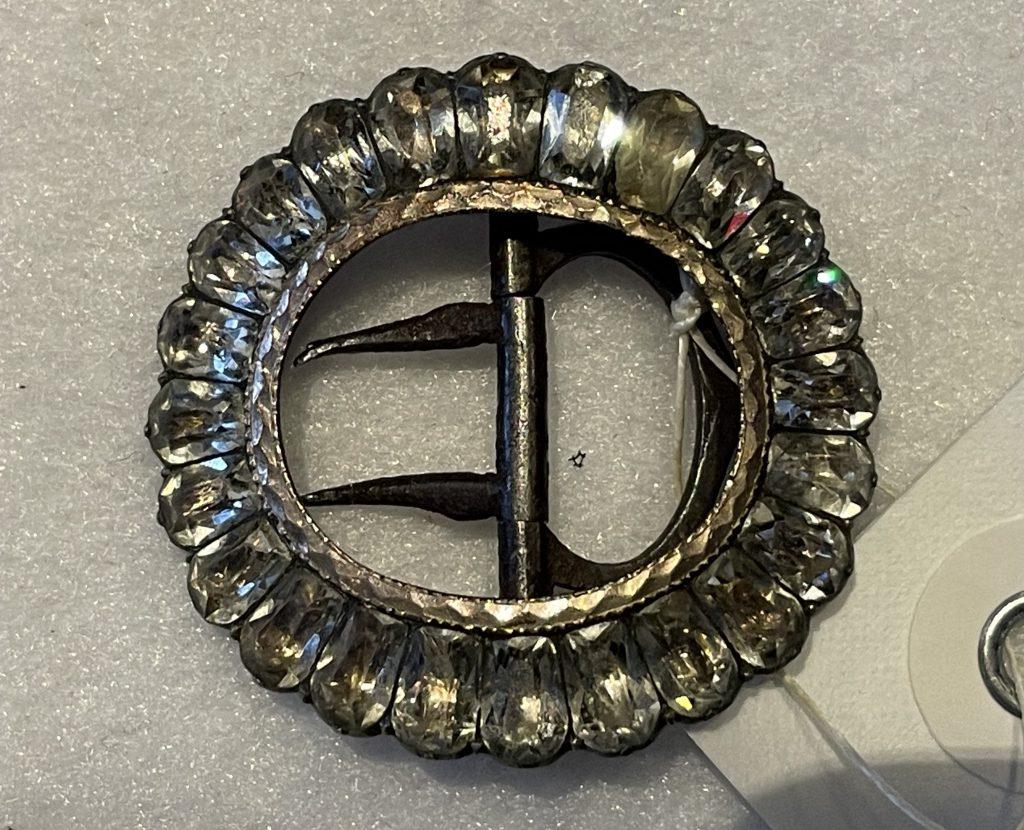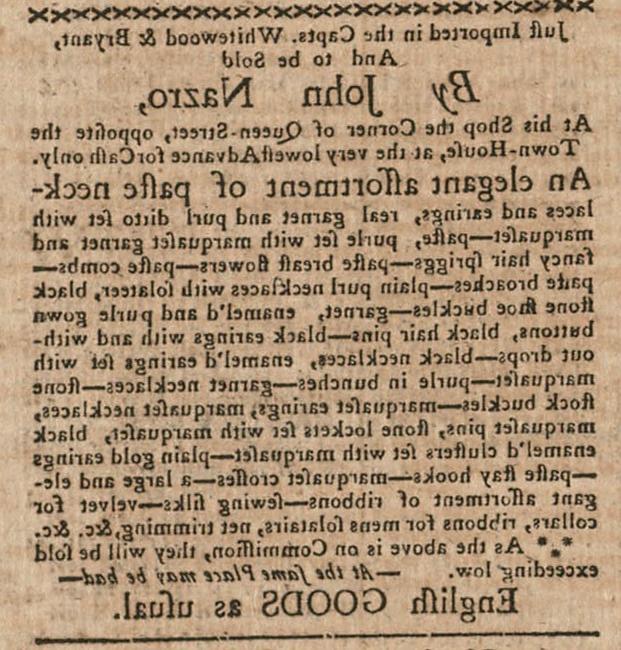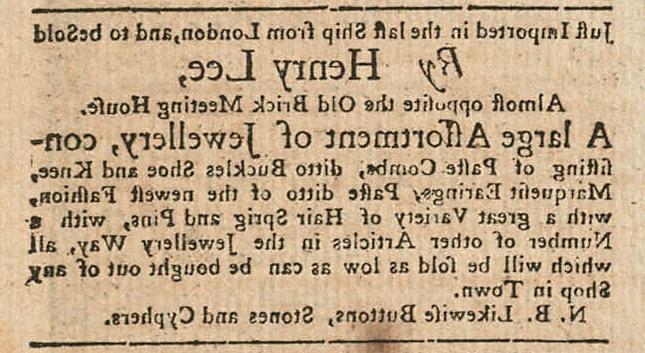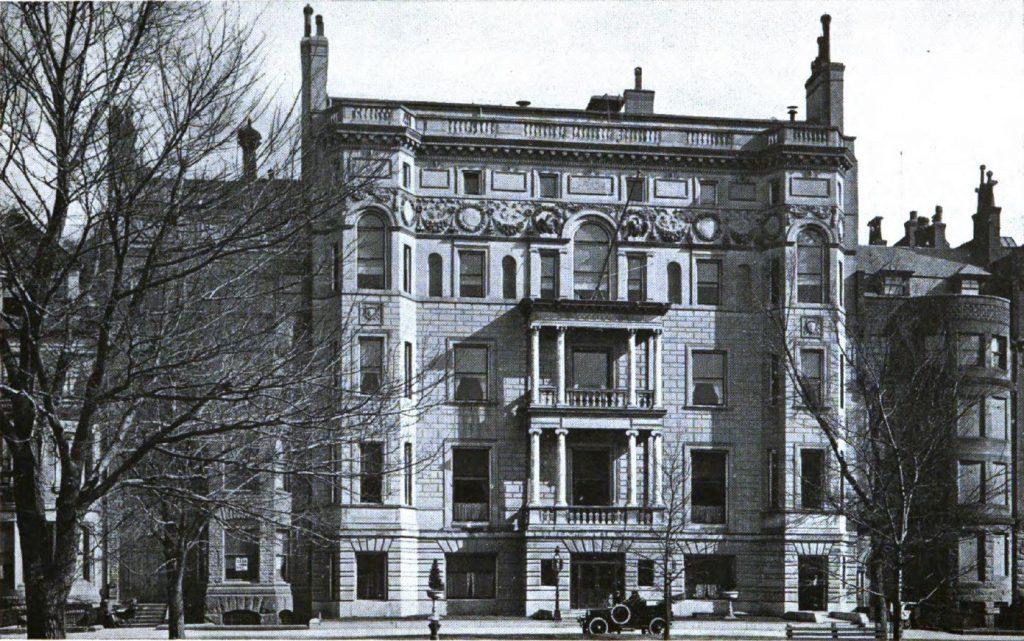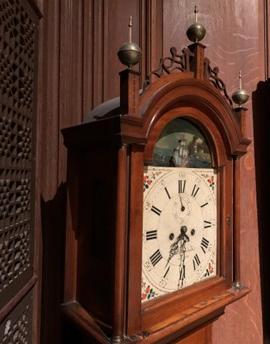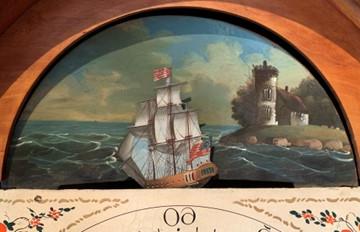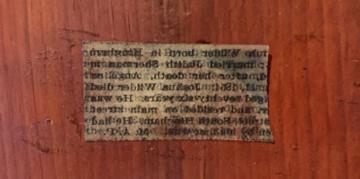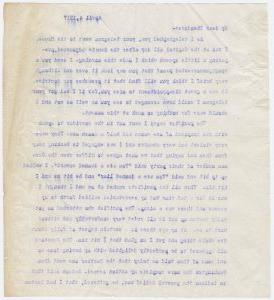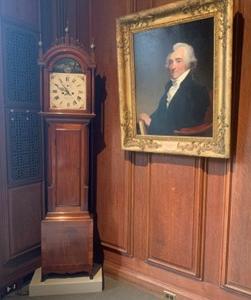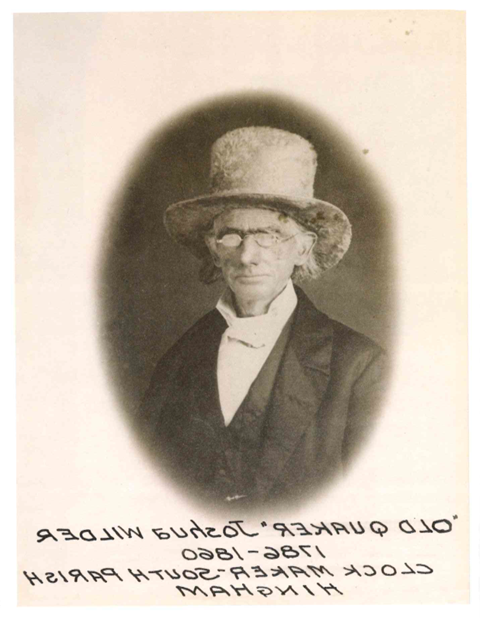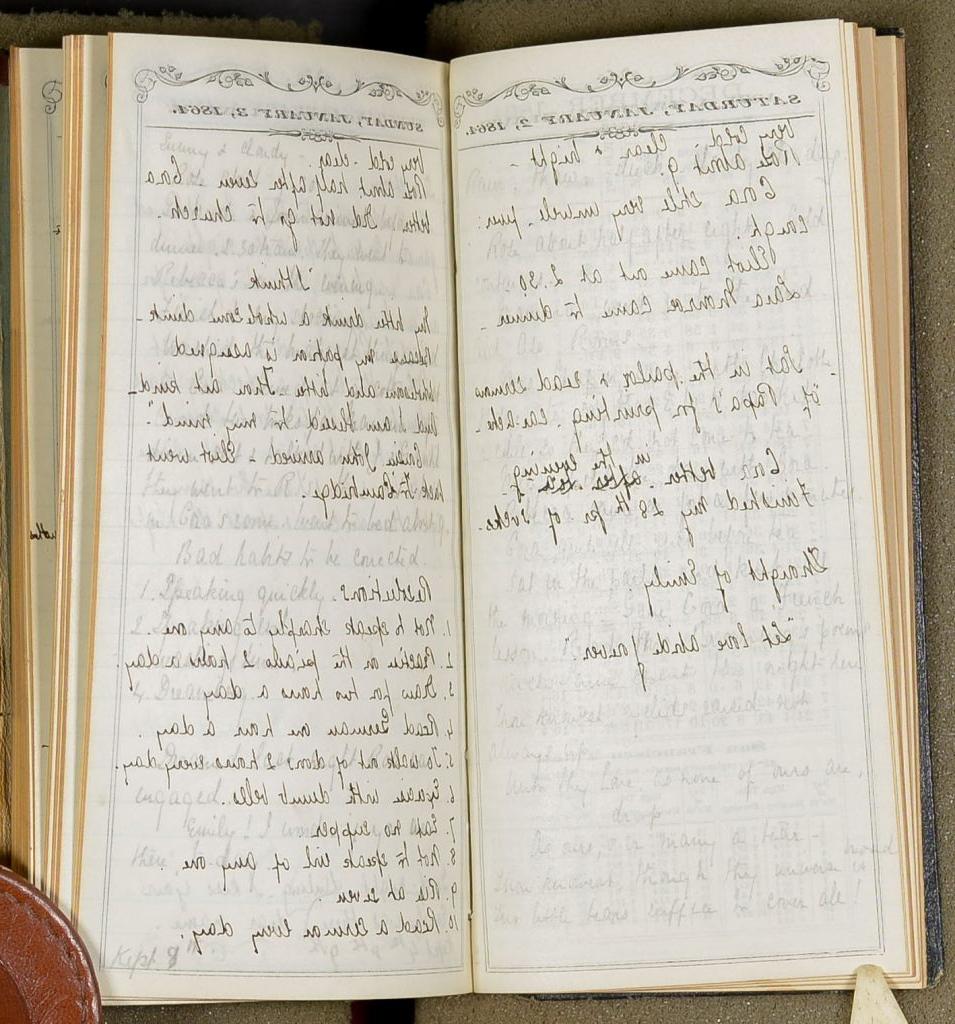By Madeline Birnbaum, Library Assistant
Elizabeth Susan Hill (1871-1957) and Susan Putnam Hill (1878-1935) were sisters and teachers with a keen interest in the natural world. The daughters of Mary Susan McIntire and Charles Henry Hill, a farmer and produce dealer, they grew up in Groton, Mass. with six other siblings. Little documentation of their early lives survives, but both went on to become teachers, Elizabeth in Groton and Susan in Lancaster, about fifteen miles from her hometown. This blog post will focus on Susan Hill, and a Part II will focus on her sister.
Around 1907, Susan Hill became the director of a school gardening program, which encouraged children to tend their own small garden plots and carefully observe the cycles of growth and harvest, as well as the intricacies and curiosities of animal life around the gardens. This program was situated within the wider “nature study” movement in the United States, which by the time Hill began to teach was a fully-fledged pedagogical approach. Scientists and educators such as Louis Agassiz, Lucretia Crocker, Wilbur S. Jackman, and Anna Botsford Comstock had been among those at the forefront of the late-19th-century effort to incorporate experiential learning and the study of natural science into American public schools. The desire among members of the cultural establishment to develop an educated voting populace, their anxiety over increased urbanization, and their impulse to Americanize the many new immigrants to the United States all contributed to the educational policy environment in which nature study flourished.[1]
The MHS holds several notebooks related to Susan Hill’s gardening program, most kept by Hill herself. Through these notebooks, we can see the depth of care Hill had for the program and the extent of her knowledge of gardening and botany; it seems likely that much of her expertise and enthusiasm stemmed from her upbringing as the daughter of a farmer. Describing three new school gardens begun in Lancaster, Hill writes,
“The children were very interested and enthusiastic. Each child had a note book and kept a record of his garden – telling when things were planted [–] when up – when blossomed – when first eaten. In this way they find out for them selves how long it takes for the various things to be ready for the table. […]
School gardening does not teach how to grow vegetables merely, but it gives the children a sense of ownership […] He is taught that that little garden is his and he will do his best to make the most of it.”[2]
Hill seems to place equal weight on the knowledge and skills of gardening on the one hand and the lessons of personal responsibility and respect for property on the other, making for an interesting combination of innovative pedagogy and traditionalist, conservative messaging.
The politics of education aside, one doesn’t need to take Hill at her word that the children were enthusiastic about their gardens. Alongside Hill’s eleven extant gardening notebooks, two children’s notebooks are held at the MHS that communicate the students’ investment in learning in their own unique ways.
The first notebook, kept by a child called Mary L., shows how Hill guided younger children in their learning. The back of the notebook contains a series of questions about the basics of botany in what appears to be Hill’s handwriting and their answers carefully written by Mary. The call-and-response nature of the questions, as well as the way they build on and branch out from one another, recalls the form of a catechism.
“1. What is Botany?
Botany is the study of Flowers.
2. What does even the smallest seed contain?
Even the smallest seed contains a Little Plant.
3. What is this Little Plant called?
The Embryo.
4. What are the Leaves of a seed called?
The leaves in the seeds are called Cotyledons.
5. What is the bud between the Cotyledons called?
The bud between the leaves is called the Plumule.”[3]
The majority of Mary’s notebook is comprised of entries for different species of plants and animals, each accompanied by another series of questions written by Hill and (usually) dutifully filled in by her student. In the below entry for a blackberry plant, Mary fills out the required answers to Hill’s many technical questions (Size? Shape? Petals? Sepals?) and then writes in the “Remarks” field, “very prickly.” From what we can tell from her notebook, Mary seems to have been a bright and curious student.
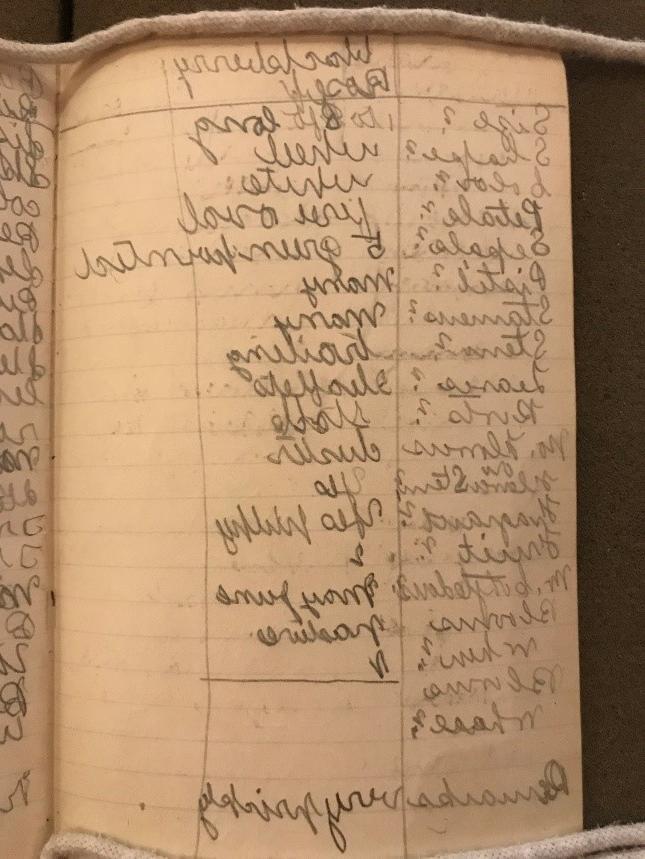
The other, anonymous child’s notebook appears to have been created by a student a little older than Mary, and whose study of nature was more self-directed. Rather than a structured series of questions written by Hill and responses penciled in by the student, this notebook takes the form of a journal. The student was clearly a dedicated gardener, as an anecdote about visitors to the school plots demonstrates:
“July 22. Two boys from town came to visit our gardens and our teacher asked them to judge our gardens, they were very severe I got 99%, I had one weed in my garden.”
A reader can also tell that the student was keenly observant and had a genuine interest in the natural world. There are several instances in the notebook in which the student describes taking home a moth or leaf with eggs on it to observe more carefully. In one entry, they vividly capture the drama of a flying ant attacking a spider, with intricate drawings of what appear to be the three stages of the flying ant’s life on the page opposite. The student writes,
“I saw a large flying ant trying to carry a live spider away. It was too large and bungling to carry it frontways so he walked backwards dragging it along after him.”[4]

Susan Hill’s collection of gardening notebooks allows us insight into a distinctive trend in American education, and also provides a window into the ambitions and projects of a teacher in small-town Massachusetts at the beginning of the twentieth century. My personal favorite aspect of the collection, though, is how it keeps alive the curious minds of Hill’s students and the tiny, intricate details of nature, like a blackberry flower’s five white petals or the mortal struggle of a captured spider, so often unnoticed and even more often unrecorded.
[1] Kohlstedt, Sally Gregory. “Nature, Not Books: Scientists and the Origins of the Nature-Study Movement in the 1890s.” Isis, Vol. 96, No. 3 (2005), pp. 324-352.
[2] Hill family papers, Carton 1, Folder 26, MHS.
[3] Hill family papers, Carton 1, Folder 41, MHS.
[4] Hill family papers, Carton 1, Folder 42.


